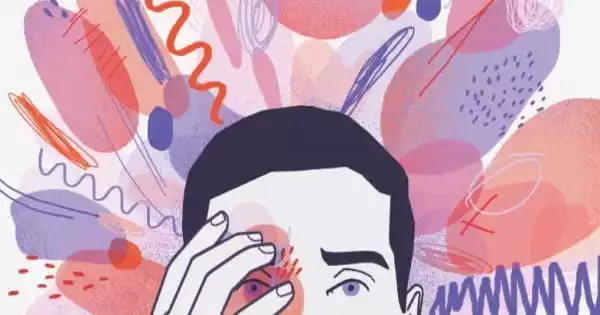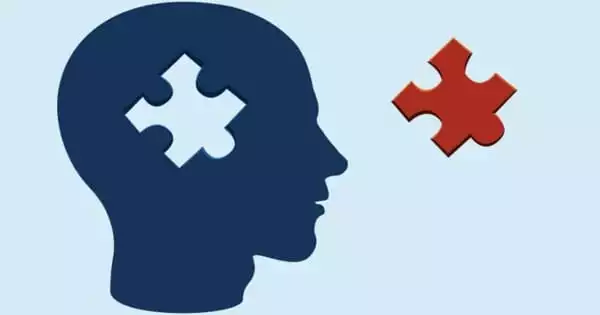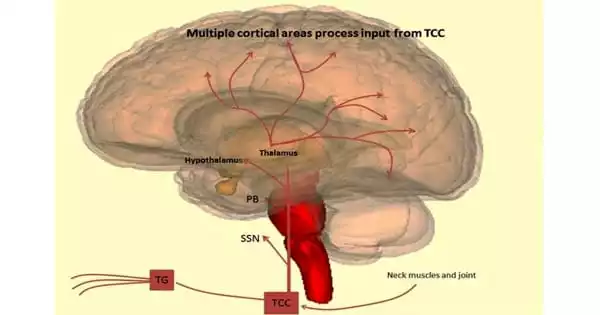Cluster headache is a neurological condition characterized by unilateral severe headache and ipsilateral cranial autonomic symptoms. Cluster headaches often develop in episodes and occur more than once each day.
According to study from The University of Texas Health Science Center at Houston, debilitating cluster headaches usually begin in childhood, but individuals are not typically diagnosed until they are adults (UTHealth Houston).
The Cluster Headache Questionnaire, an international, internet-based survey of 1,604 cluster headache participants, was conducted by a team of researchers led by Mark Burish, MD, Ph.D., assistant professor in the Vivian L. Smith Department of Neurosurgery with McGovern Medical School at UTHealth Houston. The survey’s findings were just published in Headache: The Journal of Head and Face Pain.
Cluster headache is a rare headache disease that affects roughly one out of every 1,000 people. They are excruciatingly painful and occur in cyclical patterns known as cluster periods, with the majority of attacks occurring at the same time every day. Cluster headache is classified as “episodic” when attacks persist seven days to a year and are separated by pain-free intervals of three months or longer. Meanwhile, in “chronic” cluster headache, attacks occur for more than a year without remission or with remissions lasting less than three months.
Our study shows that it commonly starts in childhood, and that many children go years without the correct diagnosis, presumably suffering the entire time because they don’t have the correct treatments.
Burish
The headaches resemble migraines, but there are some significant variances. Cluster headaches normally endure 15 to 180 minutes, as opposed to migraines, which can last an entire day or even several days if left untreated. While having more than one migraine per day is uncommon, it is possible to have up to eight cluster headaches in a 24-hour period. Furthermore, migraine discomfort can vary in position; in contrast, cluster headaches often affect only one side of the head, typically near the temple or around the eye. Finally, those suffering from migraines prefer to rest in a calm, dark area, but persons suffering from cluster headaches become restless and frequently move around the room.
There is extremely limited information on several characteristics of cluster headache, namely pediatric-onset cluster headache and comparative effectiveness of cluster headache treatments.
“I hope that this study will change the traditional thinking that cluster headache only affects adult men,” said Burish, who is also with The University of Texas MD Anderson Cancer Center UTHealth Graduate School of Biomedical Sciences. “Our study shows that it commonly starts in childhood, and that many children go years without the correct diagnosis, presumably suffering the entire time because they don’t have the correct treatments.”
Significantly, 27.5 percent of survey participants had pediatric onset, although only 15.2 percent of those with pediatric onset were diagnosed before the age of 18.

While the causes for this tendency are unknown, Burish has developed many hypotheses based on discussions with pediatric neurologists, patients, and their parents. Because it is uncommon, family members and doctors are failing to recognize it, and patients are not being directed to the necessary specialists. Also, because there are minor changes between children and adults in other headaches such as migraine, symptoms of cluster headache in children may differ from those in adults.
According to Burish, the study also indicated that women with cluster headaches have higher pain intensity, nausea, and sadness scores than men.
Other significant survey findings include:
- While earlier research has indicated that women are more likely to suffer from migraines between the ages of 10 and 50, the opposite is true for cluster headaches: men were more likely to suffer from episodic cluster headaches between the ages of 10 and 50. For other ages, the sex ratio was roughly equal.
- The overwhelming majority of respondents (99.0 percent) had at least one symptom involving an autonomic nervous system reaction, such as red eye or nasal congestion, and had restlessness (96.6 percent), but many also had prototypical migraine features, such as sensitivity to light and sound (50.1 percent), pain aggravated by physical activity (31.4 percent), or nausea and vomiting (27.5 percent).
- Interestingly, when compared to episodic cluster headache, the first-line drugs for acute therapy (oxygen) and preventative treatment (calcium channel blockers) were evaluated as much less helpful in chronic cluster headache.
Burish stated that the analysis found other minor tidbits of information worthy of future exploration in addition to this epidemiological data.
“Cluster headache appears to begin at a younger age in patients with a family history of cluster headache than in patients without a family history,” Burish said. “In genetics, this is known as ‘anticipation,’ and it suggests that a gene or genes may be involved. Identifying those genes could be a game changer for cluster headache sufferers.”
















